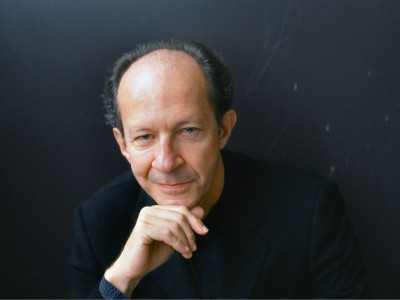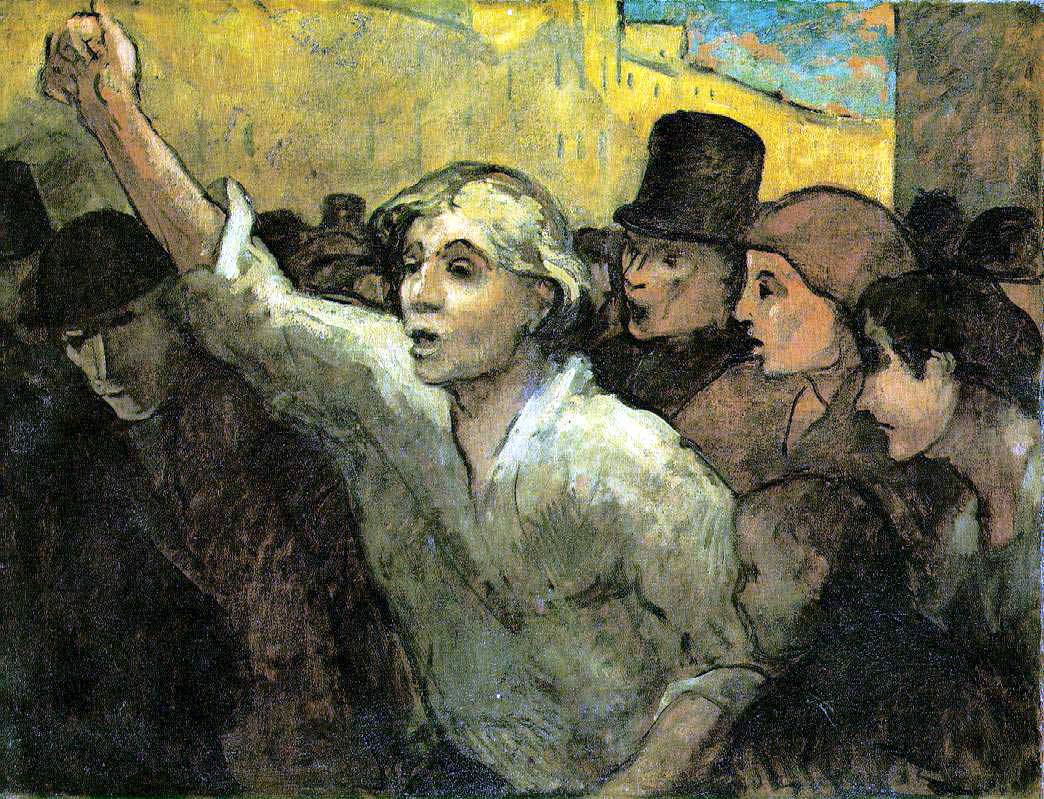Laycock, Joseph P. Dangerous Games: What the Moral Panic over Role-Playing Games Says about Play, Religion, and Imagined Worlds. Berkeley CA: University of California Press, 2015. ISBN-10: 0520284925. Hardback, paperback, e-book. 368 pp.
Anyone growing up in the 1980s or any parent of adolescents during this decade knows more about the game Dungeons and Dragons than they probably should. That a role-playing table game could provoke the kind of nationwide uproar and moral panic that it did across the United States should make clear that there is much more to the Dungeons and Dragons (or D&D) phenomenon than meets the eye. Joseph P. Laycock provides us with a detailed description and analysis of the genre of role-playing games and those who have, at times, misinterpreted their meaning in Dangerous Games.
His is a needed contribution to the growing scholarship in religious studies that mines expressions of popular culture, in this case role-playing games, for religious components. And in the case of these games (a woefully neglected subject within the discipline), much of the cultural discourse that demands critical inspection is the public reaction to them. Laycock does a splendid job on both fronts.
Throughout the 1980s, D&D was often tied to Satan and the occult. The game and its dungeon masters (arbitrary settlers of disputes within the game) were consistently charged with brainwashing the minds of young players and leading some to commit suicide. Laycock attempts to set the record straight about these charges in two ways. One, by scrutinizing the “moral entrepreneurs,” who largely aligned themselves with the Religious Right and who stoked latent fears about immersive games such as D&D, Laycock exposes their accusations as baseless.
And two, he attempts to legitimate role-playing games by emphasizing their religious features that, when generally construed, could be found in many forms of traditional religion. This two-pronged strategy is ultimately intended to minimize the difference between the imaginary worlds lived in by game players and “real” world. Indeed, that the protection of Christian hegemony is predicated on the vigilant policing of the boundary between what they label “imaginary” and “real.” Laycock’s illumination of the house of cards that on top of which such hegemony is built has the side effect of building back up the reputation of role-playing games as they now play out on the internet.
In part I, “History of the Panic,” Laycock traces the history of the kinds of war games that preceded and contributed to the creation of Dungeons and Dragons in 1974 by Gary Gygax and Dave Arneson. Role-playing games are typically more complex than war games and unlike performative activities such as dance or sports, they “direct the performance inward toward the players” (3). As identities are assumed, appropriate roles are played out, interactions are adjudicated by an impartial judge, and as a result, worlds within the game are fleshed out in the minds of the players that can overflow into life outside of the game.
Role-playing games, then, have the ability to engender an “experience of engrossment” (66) in worlds that not only contain quasi-religious figures, but also mimic the effects of religion by bestowing “radical agency” on players who can then imaginatively “reorder the world” (73).
Laycock then takes the reader through three historical epochs beginning in the late 1970s and ending in the early 2000s that nicely categorize different cultural manifestations of the moral panic that beset the role-playing game community. William Dear, investigator in the disappearance of Dallas Egbert, a troubled college student who was an active D&D player, wrote the book that energized the panic about role-playing games for years. Dear’s The Dungeon Master and the movie Mazes and Monsters airing in 1982 told stories of intelligent young men who were lured into the dark world of D&D and gone mad to the point of suicide as the fantasy world of the game seemed more and more real.
In the 1980s, psychologizing role-playing games was supplemented and largely replaced with theologizing. Ramping up the moral panic was the rising Christian Right who attributed the suicides associated with D&D (Egbert killed himself in 1980) to the infiltration of Satan himself into the game and into the impressionable minds who played it. The concern during the Reagan years over moral lassitude of the youth was given momentum by what was believed to be a “secret invasion” of the minds of children that could then invisibly guide them to “worlds full of magic, monsters, and violence” (107).
Laycock’s third epoch, the 1990s, sees a removal of the satanic threat posed by role-playing games in part due to the changing of the games themselves. Gen X pessimism gave rise to games with darker themes that could still raise the ire of moral entrepreneurs, but not mobilize their concerns into the kind of moral panic seen the decade before.
In part II, Laycock looks more closely at role-playing games for the meaning that they possess—both for the critics and apologists. In order to refute the primary claim of the moral entrepreneurs that role-playing games cause extensive damage, Laycock tries to rest in a middle position between the argument that these are harmless games and that they are a religion. Games like D&D are functionally equivalent to religion, avers Laycock, which allows him to legitimate the games while placing them on the level with the religion of the critics. He uses Geertz’ notion of deep play, Victor Turner’s liminality, and Huizinga’s autotelic play to shed light on the means by which role-playing games generate meaning for participants.
In a particularly insightful chapter, “How the Imagination Became Dangerous,” Laycock traces the relatively short history of suspicion towards fiction in Western societies so that a context for the 1980s opprobrium is in place. Enlightenment era rejection of revelation and myths that have been spawned from it fostered a hostile environment for fiction, especially in the form of the novel. Biblical literalism of the early twentieth century (which is a product of modernity), perhaps ironically, similarly foreclosed creative (read: errant) readings of the biblical text.
For these fundamentalists, fiction and the imagination that precedes it constitutes a “secondary world” and a threat to the primary world that God created. The tactic used to render the imaginary world of fiction, and therefore by extension role-playing games, impotent was to label it “mentally unwholesome or a demonic plot” (238). Gin up a moral panic over the threat that imaginary worlds pose for the social order of the created world, and you are well on your way to preserving Christian hegemony, as Laycock argues persuasively.
In the next chapter, “Rival Fantasies,” Laycock turns the tables on the pious critics of role-playing games by asserting that they themselves employ imagination and creativity to construct their wholesome world dictated by biblicism. Hence the operative hierarchy between their real world and the scapegoated fantasy world of gamers is undercut by the lack of reality and abundance of imagination that infuses their world. Rather than dismiss the critics as fear-mongers who only need a dose of reason to come back to reality, Laycock shows scholarly restraint as he applies this double standard with skill and care.
In his concluding chapter, Laycock reiterates his main goal—to relativize all worlds including those created by role-playing games and those of traditional religion—so that “walking between worlds” (279) will not encounter blockades. Here and elsewhere in the book Laycock does rely too exclusively, too often on the work of “the legends” in the field such as Berger, Eliade and Turner when more recent scholarship on the secular and its relationship to the religious, for instance, could have supplemented the classic theories with new twists.
But overall, Laycock gives us an incredibly needed and well-researched work on a phenomenon that gripped the country a mere thirty years ago. And with his broadening out of these games and the fantastic worlds that they can craft into the world of religion, Dangerous Games will prove to be an essential resource for those looking to grapple rationally with moral panics when they occur.
Jeffrey Scholes is assistant professor of philosophy and the director of the Center for Religious Diversity and Public Life, UCCS. He holds a B.A. from Baylor University, an M.Div. from Princeton Theological Seminary, and a Ph.D. from the University of Denver/Iliff School of Theology (Religious and Theological Studies). Scholes has published two books and many peer-reviewed articles on subjects ranging from Christian political heology to religion and popular culture. He is currently working on a book dealing with theology and American political discourse.




